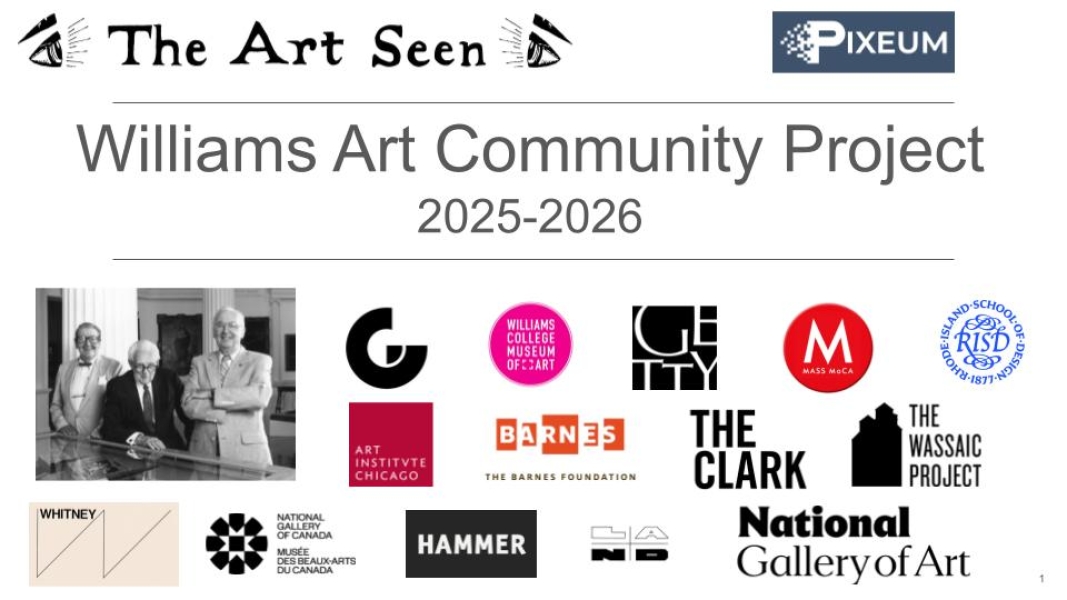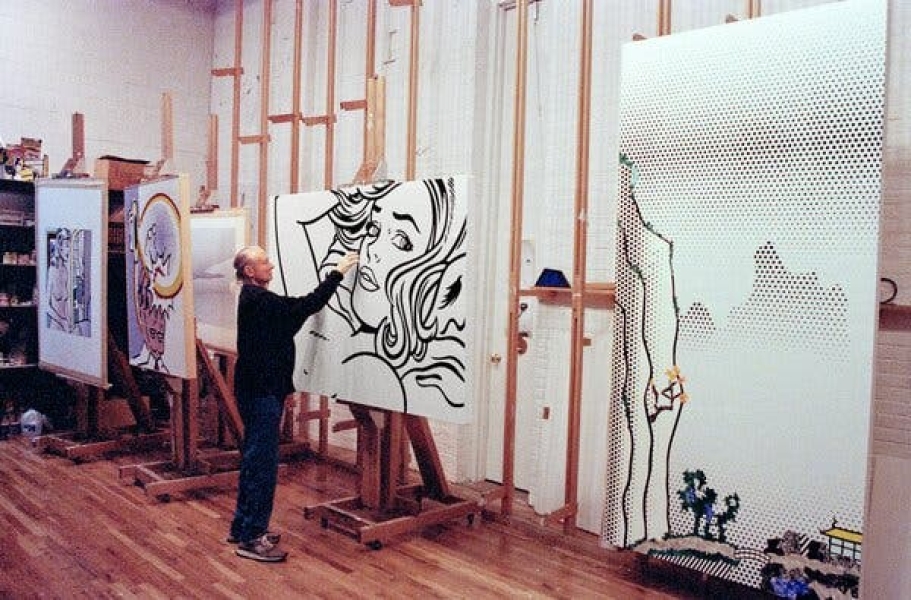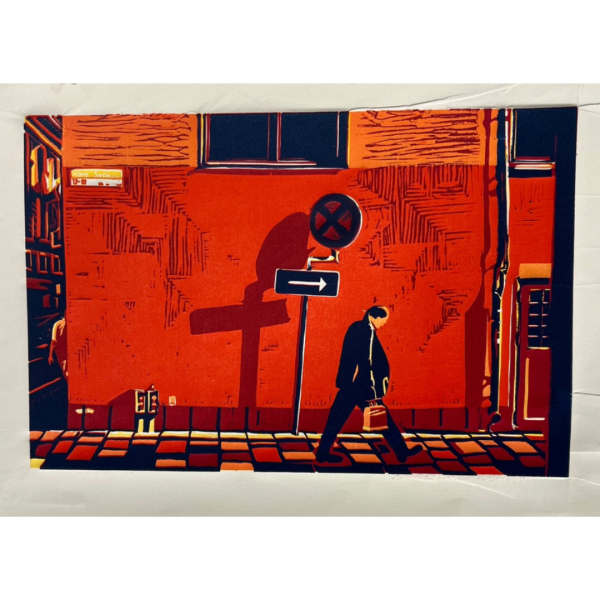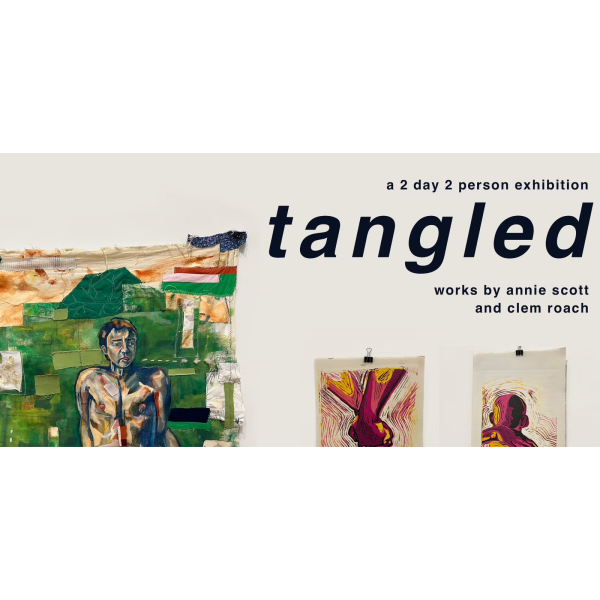Life is about stories.
- We help people tell stories with art.
- Whether a map, a piece of art, a history book, a science book, a children’s book, a scrapbook, or any intricate image, we see the world through stories.
- Collectors, students, scholars and artists can all use Pixeum to tell stories with art.
To join our community, click here.




Williams Art Community Project - 2025-2026
A project to grow the Williams arts community, informally known as the Williams “art mafia.” We are organizing an open call show of Williams students who are artists and curators, to be juried by Williams alums in the art world and shown in Williamstown, online and in Manhattan. For more info, contact Nick Garlid '25 or Tom Paper '84. Nick is at nickgarlid@gmail.com. Tom is at tom@pixeum.org. 10/18/25 Google Slide deck. See student exhibits (complete as of 1/1/26) here.
OPEN EXHIBITUN/SEEN - Nick Garlid, Riku Nakano, Coco Rhum, Ellie Iorio, Elsa Martin
The first time Lichtenstein’s Crying Girl was put up for sale, it sold for $10. In 2015 it sold again, this time for $95 million. What makes a work of art worth more than another? Why are some works famous, and some unknown? Our exhibition, UN/SEEN, works to complicate the viewer's understanding of these questions. The exhibition juxtaposes two works of art at a time: one world renowned and one student made. Despite their differences in visibility, the works placed together often deal with some of the same images and the same themes. With time, and with your help, we can move this largely unseen student art solidly into the “seen” category.
OPEN EXHIBITExample of Artist-Curator Profiles - The Art Seen
Enjoy exploring the student-curated work of the Fall 25 Cohort! Click on any image to learn more about the artist, or see the curated artwork.
OPEN EXHIBITTangled by The Art Seen - 2025
The Art Seen is proud to present an exhibition of student art, shown from 11/21/24 to 11/23/24 in the Wilde Gallery at Spencer Art Building. tangled is a two-person exhibition featuring the work of Annie Scott and Clem Roach. Their work explores concepts of touch as a form of language, the boundaries of bodily expression and gender, and the lived experience of touch, all through a multitude of different mediums: linocut prints, mixed-media paintings, video, and audio. Thank you so much to everyone who made this possible. Special thanks to Annie and Clem for being so excited and flexible with the concept, to MJ Getman for co-curating and bringing up the idea for this exhibition in the first place, and to Megan Mazza for letting us reserve the Wilde Gallery at one of the busiest times of year. We hope you enjoy!
OPEN EXHIBIT
